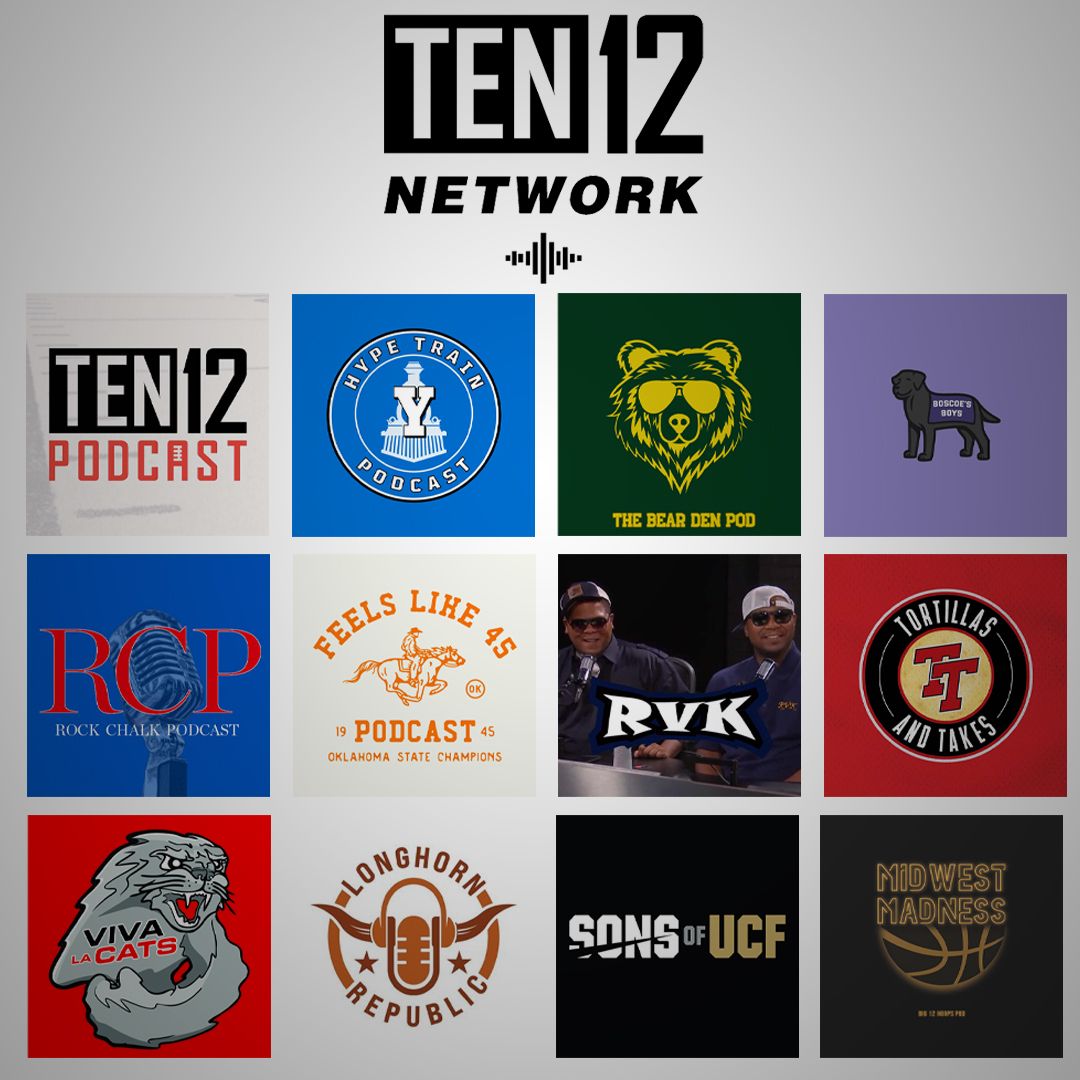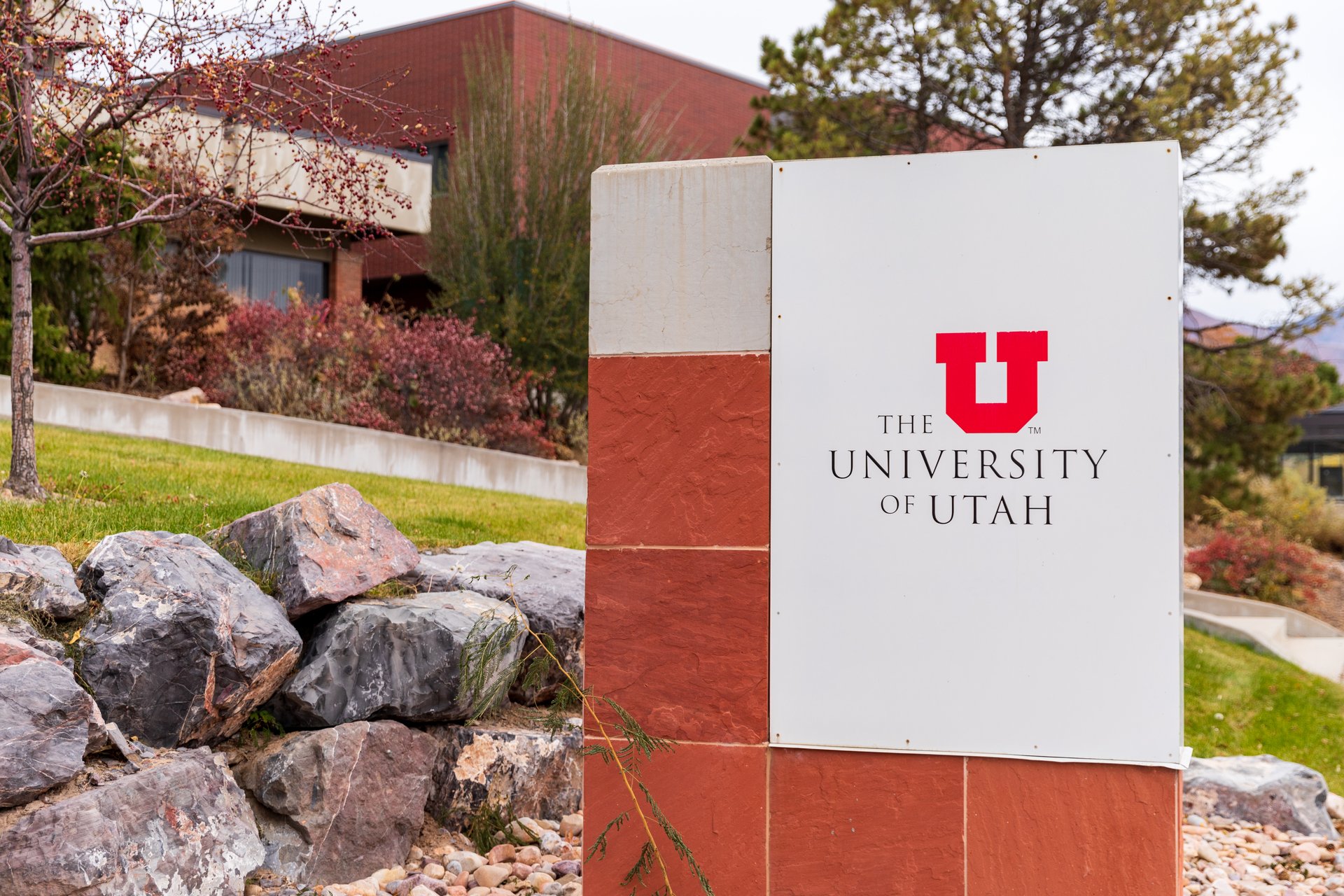Good morning, and thanks for your continued support of Extra Points.
Before we get to today’s informative newsletter, I want to share a quick message from one of today’s sponsors…The Horizon League.

On Thursday afternoon, the Horizon League officially welcomed Northern Illinois into the league. The league office wants everybody to know how thrilled they are to welcome NIU to the Horizon League family. Read more here:
Today, I’m happy to pass the guest posting mic over to longtime Extra Points contributor, Professor Sam Ehrlich of Boise State. Sam is one of the best I’ve ever met when it comes to translating complicated collegiate sports legal issues into plain English, and I think his work today is no different.
In Sam’s eyes, the NCAA is potentially looking at meaningful legal challenges to major eligibility rules, like “no, you can’t play for more than one school in one year.” I’ll let him explain below:
By now, anyone connected to college sports knows the NCAA is facing serious legal challenges. Beyond the lawsuits tied to the House settlement and the Johnson wage-and-hour employment case, the NCAA has recently been hit with multiple lawsuits targeting its athlete eligibility rules. These cases stem from December’s Diego Pavia decision, where Judge William L. Campbell ruled that Pavia’s JUCO years shouldn’t count against his NCAA eligibility.
In the weeks following that decision, the NCAA was forced to issue a blanket waiver allowing an extra year to fellow ex-JUCO players set to exhaust their eligibility this year in an attempt to avoid a flood of copycat cases. Even so, four new “Pavia-like” cases have been filed by ex-JUCO baseball players who slipped through the cracks of the Pavia waiver as they exhausted their Division I eligibility last year.
While the NCAA’s lack of proactive legal strategy is often frustrating, some sympathy is warranted here. The NCAA clearly did not anticipate the Pavia decision and is now dealing with the fallout of its hastily crafted waiver. But Pavia-related cases aren’t the only eligibility lawsuits emerging.
Two other cases— Fourqurean v. NCAA and Coley v. NCAA—attack the NCAA’s often arbitrary waiver system (and on-again, off-again flirtation of a straight five years of eligibility in five years rule change). Wisconsin cornerback Nyzier Fourqurean has already been granted a preliminary injunction on these grounds.
Then there’s the McLean case filed last week. This case, involving ex-Oklahoma and now-USF golfer Holly McLean, is a case with a positively awful fact pattern for the NCAA: a sympathetic plaintiff who has been hurt entirely by the NCAA’s own lack of foresight and proactivity.
And—terrifyingly for the NCAA—McLean’s lawsuit could lead to massive ripple effects, given that she is challenging a rule most sacred to any sports league’s governance structure: NCAA Bylaw 14.5.5.2 (the “Competition in Year of Transfer” Rule), aka the rule that stops athletes from switching schools in the middle of the season.
To fully explain this lawsuit—and the danger it creates for the NCAA—we have to step back a bit and discuss the controversy that has resulted from what is perhaps the House settlement’s most maddening quirk: new roster limits.
The Outcry over the House Settlement’s New Roster Limits
While much of the focus of discussion on the House settlement has been on revenue sharing, there is another significant change contained in the deal is the shift from scholarship limits to hard roster limits. Under current rules, schools could only offer a certain number of scholarships to athletes per sport, and this number was often quite a bit less than the over number of rostered players on that particular team. For example, while an NCAA Division I soccer team can carry up to 28 players, the NCAA only allows 9.9 scholarships for men’s teams and 14 scholarships for women’s teams.
Under the House settlement, those arbitrary scholarship limits go away, and athletic departments can offer as many scholarships as they want, up to the roster limits that the NCAA has the unilateral right to see (with conferences having the power to go lower, if they wish). So a soccer team can give a full 28 scholarships if they wish and if their conference allows it.
Sounds great, right? On paper, sure: removing those arbitrary scholarship limits is definitely a win for athletes. Yet the new roster limits have caused significant outcry among athletes, parents, coaches, and other stakeholders, to the point that they’ve become perhaps the biggest source of objection about the settlement.
By my count, out of 96 total filed objections to the settlement, 36 squarely focus on roster limits. Colorado football player Camden Dempsey organized 92 Big 12 athlete co-signors for his letter, the law firm MotoLamken submitted an exhibit with 152 declarations from athletes telling their stories about how the roster limits affect them, and a parent-led social media campaign collected 1,700 signatures on a petition arguing that the roster constraints “contradict the principles of fairness and access that collegiate athletics should uphold.”
The reason for these complaints is simple: up until now, the NCAA and conferences had much looser definitions of a roster “limit” than they will if and when the settlement is approved and implemented. And this means that a lot of athletes will lose roster spots.
Using an example in an article by Ross Dellenger of Yahoo! Sports, men’s swimming and diving team was previously allowed under SEC rules to carry 42 athletes, even if only 9.9 scholarships could be distributed to these athletes under NCAA rules. The new NCAA roster limits allow for 30 scholarships, but this requires 12 of these swimmers to be cut—and the SEC has further dropped their roster limit men’s swimming and diving to 22. So Auburn’s swim roster will drop from 42 to 20.
Many of the objectors have asked the NCAA to implement some kind of transitional measure—grandfathering current athletes, phasing in limits over time, or allowing practice squads—but the NCAA has remained silent. Worse, the NCAA is requiring schools to comply with roster limits by March 1, a month before the settlement’s final approval hearing on April 7. As a result, many athletic departments are acting proactively, acting to make changes to their roster sizes now while assuming that the settlement will eventually be approved.
Holly McLean’s Transfer and Lawsuit
This leads us to Holly McLean, our golfer who is the plaintiff in our new lawsuit against the NCAA.
According to her complaint and brief in support of her motion for a temporary restraining order, on November 20, 2024—right before the fall transfer window— OU’s coaches informed McLean and some of her teammates that they would lose their spots and scholarships after the Spring 2025 semester due to the settlement’s new limits. Expecting the settlement’s approval in April, OU felt that the best course of action would be to allow the athletes who would lose their roster spots at that point the chance to transfer and find a new team before the Spring 2025 semester (and before what will likely be a logjam of a Spring 2025 portal).
So McLean—left with an option of staying at Oklahoma with no scholarship and no roster spot or going elsewhere and perhaps getting a scholarship and a roster spot—jumped in the portal and ended up at USF, ready to start playing for USF in Spring 2025.
Except… there was a problem. One month before OU cut her, McLean had participated in the OU Schooner Fall Classic, a non-championship tournament hosted by OU with teams and individual participants from fifteen other intercollegiate teams. After McLean transferred to USF, the NCAA said that her play in this tournament counted as participation for OU in the 2024-25 school year. Accordingly, under Bylaw 14.5.5.2, McLean couldn’t also participate for USF in their Spring 2025 semester, which is still part of the 2024-25 school year.
USF applied for a waiver, citing that McLean’s transfer was beyond her control and encouraged by OU. The NCAA denied the waiver. USF appealed, and the NCAA again refused.
Facing a lost season, McLean sued, arguing that her inability to compete would harm her ability to build her brand by showcase her skills, making her lose out on potential NIL opportunities. That’s a popular argument, and one that has been very successful in similar litigation as of late.
The NCAA’s Stubbornness and Lack of Foresight Puts Themselves in a Pickle
There’s a common saying in the legal profession: bad facts make bad law. To translate, an extreme fact pattern can heavily influence a judge to make a decision that they ordinarily wouldn’t. Given our legal system’s heavy reliance on precedent to make future decisions, judges may find it difficult to distinguish between that previous case, even with a much more neutral fact pattern.
The same rings true here. If Holly McLean was an SEC starting quarterback who gets an offer to transfer to an archrival the week before the big game, I can feel confident that the NCAA’s Competition in Year of Transfer would easily hold up in court, even in this current legal environment. There’s no question!
But Holly McLean isn’t a starting quarterback, and she’s not transferring for vast amounts of NIL money or to give her new team a competitive advantage over her old one. She’s transferring because she wouldn’t have a spot on her team or a scholarship next year, and, more critically, because she was told by her old coaches to transfer. She didn’t know that playing in the September tournament would prevent her from being able to play for USF in the spring—it was a non-championship tournament, and a month before she was told she would be cut!
There are so many different ways that the NCAA could have avoided this lawsuit, and the situation in general. First and foremost, of course, they could have simply accepted that the House settlement roster limits put a lot of athletes in a bad situation, and one that deserves some measure of flexibility as athletic departments and athletes make decisions to adjust. That level of leniency was apparently too much for the NCAA to handle.
Beyond that, the NCAA could have avoided this situation by simply being clearer about when and how the roster limits would take effect. According to USF’s letter asking for reconsideration of their waiver request, the NCAA apparently based their denial of the waiver on an assumption that she would be able to keep her spot with OU for the rest of the Spring 2025 semester and season. That’s clearly not what McLean was told, meaning that it’s likely not the impression that OU got from all of this as well. Without any word otherwise from the NCAA, OU was left to draw assumptions—and McLean and her teammates paid the price.
So now we have this lawsuit. And while I’m fairly confident that even if McLean wins the judge won’t throw out the entire Competition in Year of Transfer Rule, a McLean victory would certainly put some cracks in it. Enough to allow for mid-season transfers all across the NCAA? Probably not. But given that McLean is almost certainly not the only athlete in this situation, it’s not a possibility that can be ruled out.
Bad facts make bad law. And now—thanks entirely to the NCAA’s mismanagement and lack of foresight—a sympathetic plaintiff in a situation entirely not of her own making challenges a crucial eligibility rule. Hopefully the NCAA will see the risks here and settle with McLean, allowing her to play for USF and providing additional guidance for similarly situated athletes across Division I. If not, the NCAA may once again find its rules reshaped by court order—and this time potentially in a big way.
This edition of Extra Points is also brought to you by the Ten12 Podcast Network

If you love the Big 12, don’t you want to listen to podcasts by people who also love and understand the Big 12? That’s exactly what the Ten12 Network offers…team-specific podcasts by fans who live and die by those programs. There’s something for everybody across the Network. Find your next favorite show today.
Hey, real quick, here’s what else we wrote this week that you might have missed:
This was a big week for Extra Points! Lots of reporting and news.
The Big West is going to vote today on whether they should invite Utah Valley and Cal Baptist, a move that if approved, would kneecap what’s left of the WAC. Here’s what I’m hearing about that vote, and what happens next.
The U.S. Soccer Federation sent out a proposal to coaches that would move D-I Men’s Soccer to a year-round schedule, create a new championship event outside the NCAA, and move parts of the sport’s governance under the U.S. Soccer umbrella. Here’s what I’ve learned about that proposal.
There’s still one D-III football league that doesn’t let their champion participate in the D-III Playoffs. I talked to one of the players organizing to change that.
Also, a quick correction from last night’s email. North Alabama is currently planning on opting into the House settlement in 2026-2027. The way I linked to their statement yesterday inferred that they would opt-in for next year. I regret the error and any miscommunication!
Thanks for reading. I’ll see you on the internet.

















